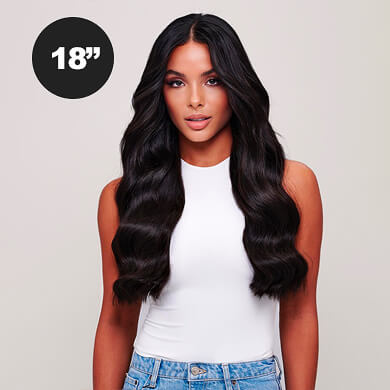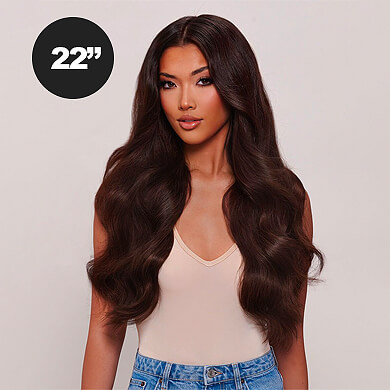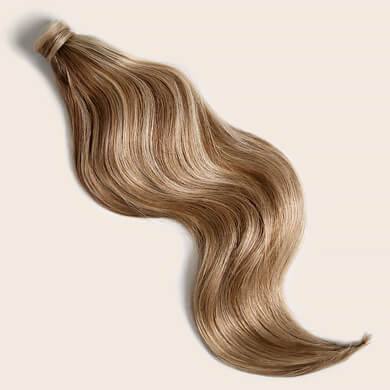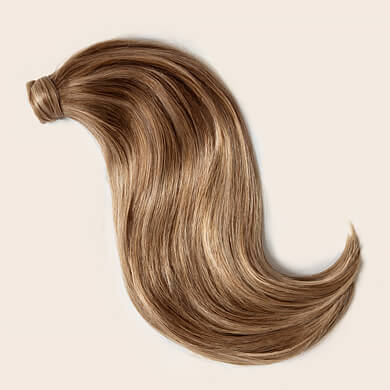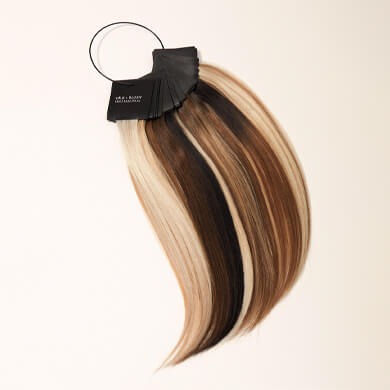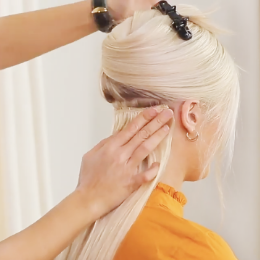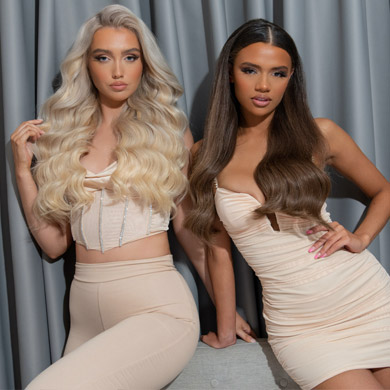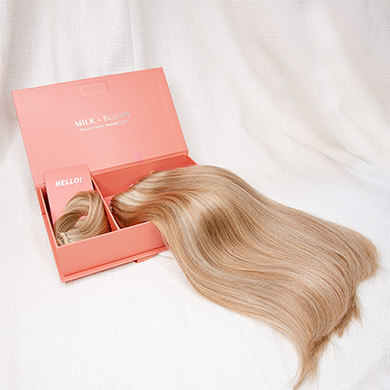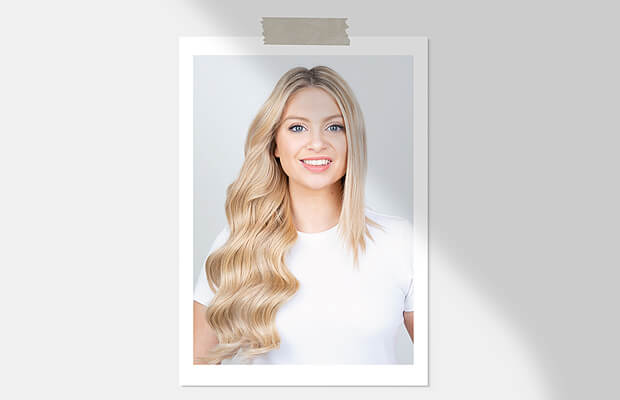Do We Really Need To Use A Heat Protectant On Our Hair?

Using a heat protectant on our hair feels like a chore sometimes and has us wondering whether it’s really a necessary step? Uh... YESSS. Turns out it’s actually super important if we want to avoid split ends and dried out strands and not something we should be skipping at all. Here’s what you need to know…
How does heat cause damage?
Heat styling damages the cuticle (outer layer) of our hair which eventually breaks down Keratin, the protein that our hair is made of, and leads to breakage. This scary process is sped up by the fact that the heat is zapping the moisture out of our hair as we’re styling and making it dry and brittle. As Keratin can start to break down at 160°C and most hair straighteners are set at 180°C it’s really important that you’re using a heat protectant. It’s also worth knowing that as your hair is dead once it’s damaged there’s no going back!
What is a heat protector?
Super simple but a heat protector works by coating your hair in order to lock in moisture and allow the heat to be distributed more evenly. They can save your hair up to 50% less breakage while helping to smooth out your strands so your hair looks shinier and is more manageable.

How does a heat protector work?
Most heat protectants contain two different types of silicone. The first is cyclomethicone which helps to moisturise your hair and the second is dimethicone which coats your hair and prevents moisture loss. By sealing in the moisture your hair is less likely to get dry and therefore less prone to damage. A lot of heat protectants contain natural oils too such as Argan or Coconut to add extra shine while protecting the hair.
What’s the best way to apply a heat protector?
It’s pretty obvious but you need to apply a heat protector before using any heat on your hair and this includes blow drying. You also want to apply the protector in sections to make sure you coat your hair as evenly as possible. You can also take a fine tooth comb and run it through every section after applying the product to make sure you’re totally covered.
Is there anything else you can use?
You don’t necessarily have to use a dedicated heat protectant as there are lots of other products that include it such as hair sprays and styling balms. Most leave in conditioners also contain dimethicone, which is the silicone that coats your cuticles so it’s worth looking out for that on the back of your products as it will protect against the heat.
Love hair hacks?
Click here for more.

